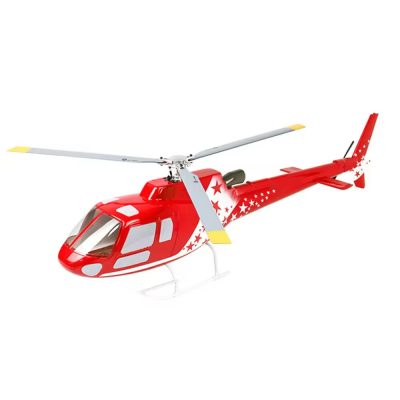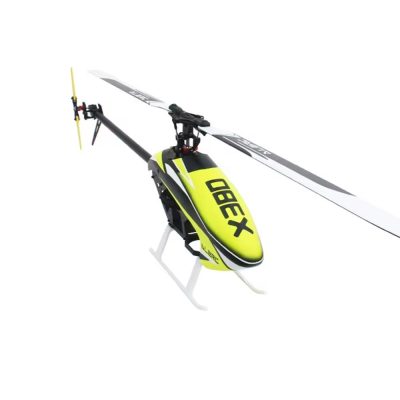Introduction
Selecting the right battery for your RC helicopter is crucial for optimal performance, flight time, and longevity. With various types and specifications available, choosing the best battery requires understanding your helicopter’s power requirements and flight characteristics. This guide will provide a comprehensive overview to help you choose the right RC helicopter battery.
1. Types of RC Helicopter Batteries
RC helicopters primarily use Lithium Polymer (LiPo) batteries due to their high energy density and lightweight properties:
- Lithium Polymer (LiPo) Batteries: LiPo batteries are the standard choice for RC helicopters. They offer high energy density, lightweight, and high discharge rates. Available in various capacities (mAh) and cell configurations (e.g., 2S, 3S, 4S).
- Nickel-Metal Hydride (NiMH) Batteries: Less common for helicopters but still used in some models. NiMH batteries have lower energy density and weight compared to LiPo batteries but are safer and less prone to fire hazards.
2. Understanding Battery Specifications
Key specifications to consider when choosing an RC helicopter battery:
- Capacity (mAh): Indicates the amount of energy the battery can store. Higher capacity batteries provide longer flight times but may be heavier.
- Voltage (S): LiPo batteries are rated by their cell count (e.g., 2S, 3S, 4S), each cell providing approximately 3.7V nominal voltage. Choose the correct voltage to match your helicopter’s motor and electronic components.
- Discharge Rate (C): Defines how quickly the battery can discharge its energy. Higher C ratings allow for higher power output but may increase battery temperature and wear.
3. Matching Battery to Helicopter Specifications
Ensure the battery matches your helicopter’s specifications and performance requirements:
- Weight and Size: Choose a battery that fits securely within your helicopter’s battery compartment without affecting balance or flight characteristics.
- Connector Type: Verify the battery connector type (e.g., XT60, Dean’s T-plug) matches your helicopter’s power system. Use adapters if necessary, but direct compatibility is preferred for optimal performance.
- Flight Time Requirements: Estimate your desired flight time and select a battery with sufficient capacity (mAh) to meet your needs. Consider purchasing spare batteries for extended flying sessions.
4. Charging and Safety Considerations
Proper charging and safety practices are essential for RC helicopter batteries:
- Balanced Charging: Use a balanced charger to ensure each cell within the LiPo battery charges evenly. Monitor charging process and avoid overcharging or undercharging.
- Storage and Handling: Store LiPo batteries at a partial charge (around 3.8V per cell) in a fireproof LiPo bag. Avoid exposure to extreme temperatures and physical damage.
- Safety Precautions: Always follow manufacturer instructions for charging, handling, and disposing of batteries. Inspect batteries regularly for signs of swelling, damage, or wear.
Conclusion
Choosing the right RC helicopter battery involves understanding battery types, specifications, and matching them to your helicopter’s power requirements. Lithium Polymer (LiPo) batteries are the preferred choice for their performance and energy density. By considering capacity, voltage, discharge rate, and safety precautions, you can select a battery that optimizes your helicopter’s performance and flight experience. Invest in quality batteries and adhere to proper charging and safety practices for prolonged enjoyment of your RC helicopter hobby.








